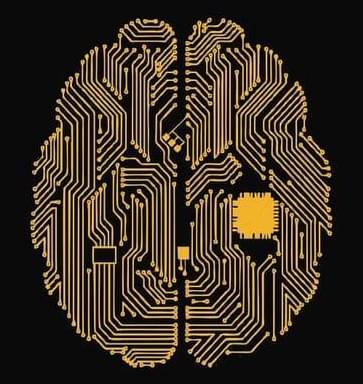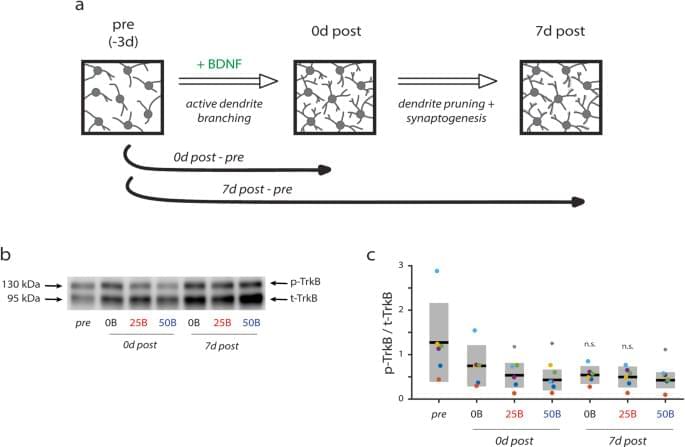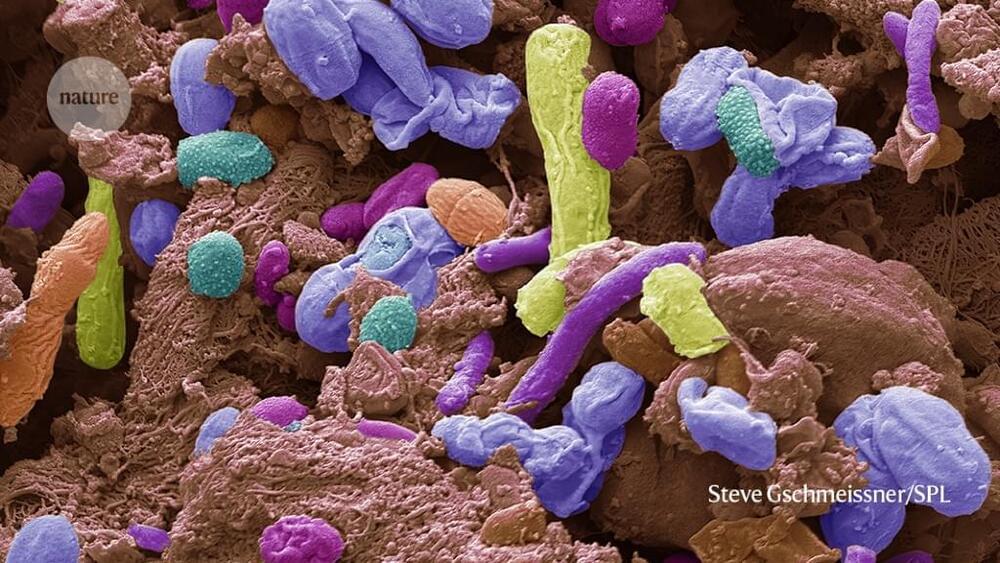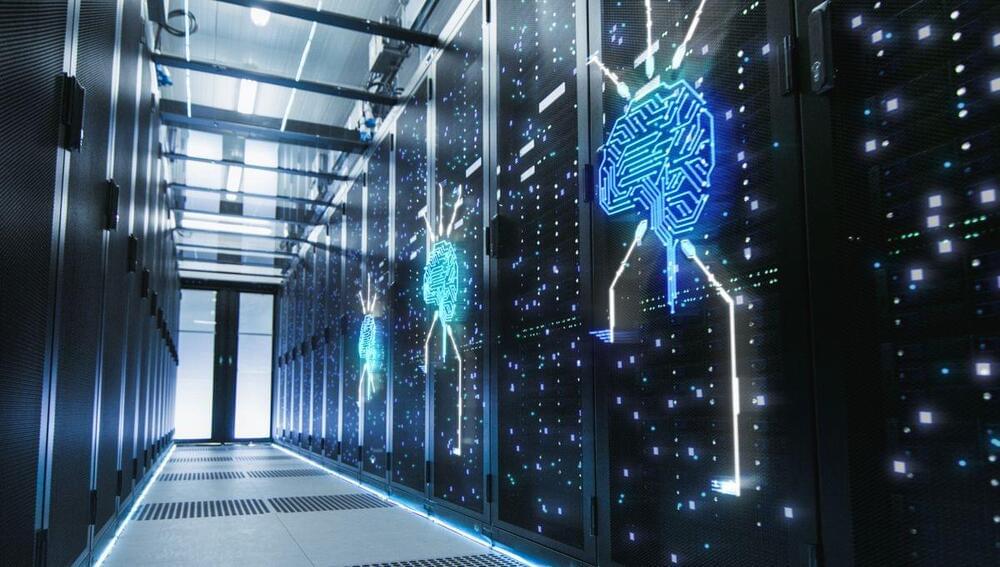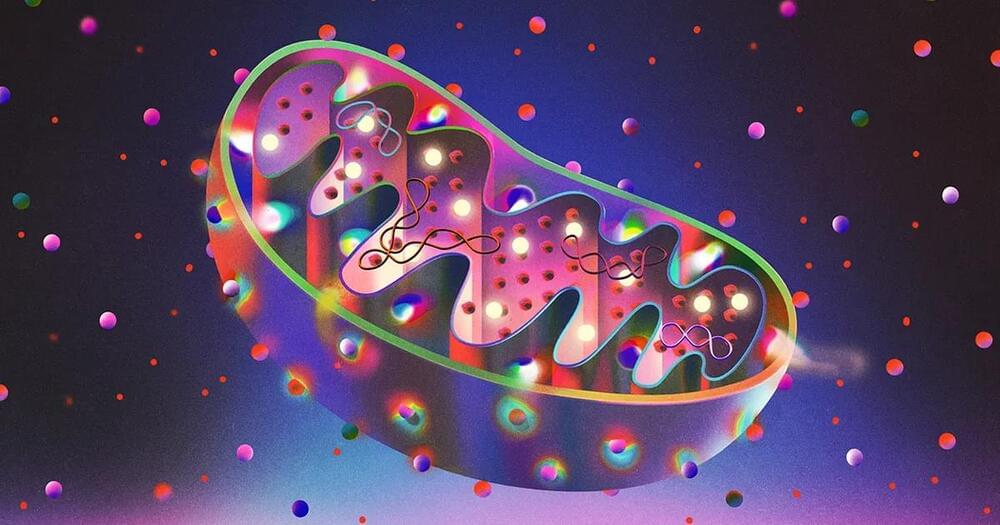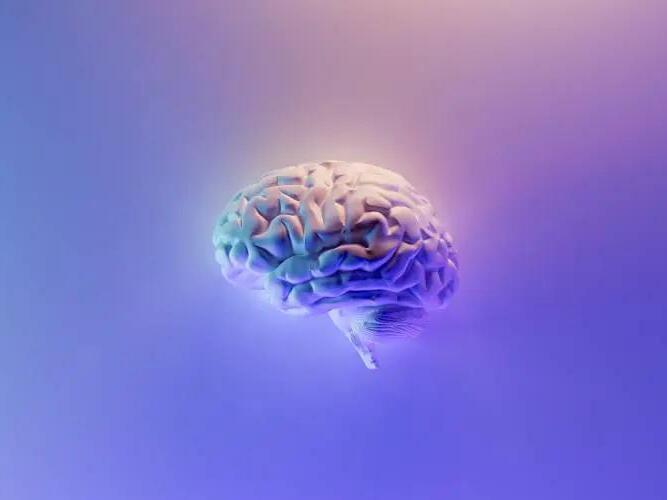“I believe we have found one of the brain’s prototypes for building sequences” says Professor Edvard Moser.
Scientists at NTNU’s Kavli Institute for Systems Neuroscience in Norway have discovered a pattern of activity in the brain that serves as a template for building sequential experiences.
“I believe we have found one of the brain’s prototypes for building sequences,” says Professor Edvard Moser. He describes the activity pattern as “a fundamental algorithm that is intrinsic to the brain and independent of experience.”
The breakthrough discovery was published in Nature.
